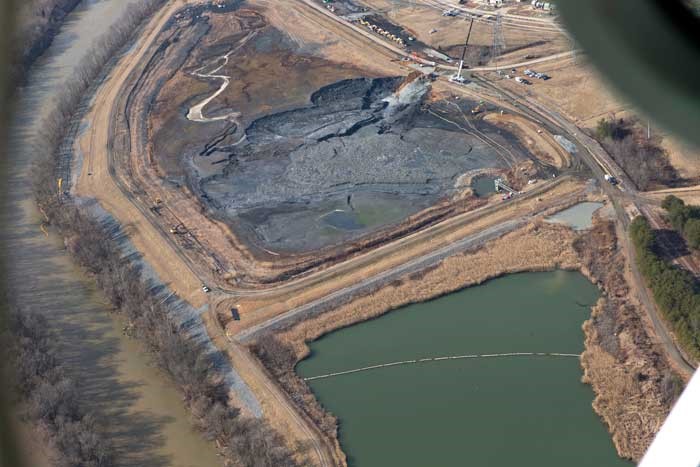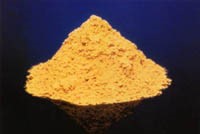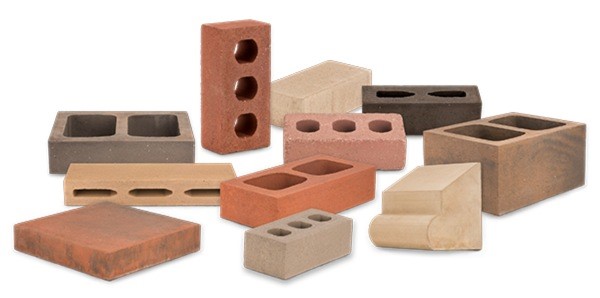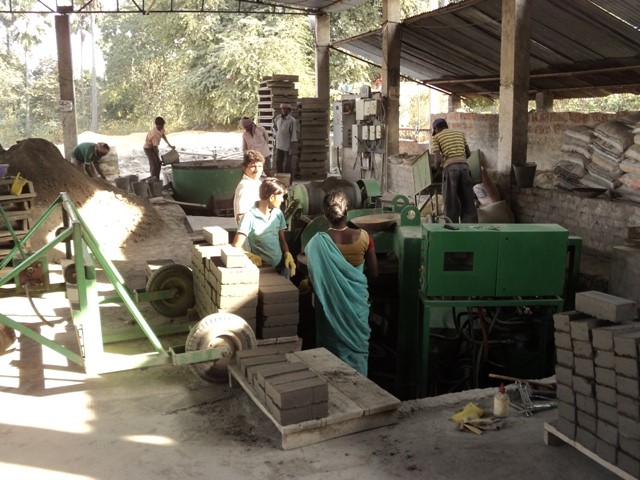Breaking Energy, Feb. 18, 2014 (.pdf)
The Energy Collective, Feb. 24
A huge coal ash spill was discovered on February 2 at the Duke Energy power plant in North Carolina that has caused significant damage to the Dan River. The spill was caused when a storm drain pipe that runs underneath the 27 acre containment pond sprung a leak and allowed 82,000 tons of ash mixed 27 million gallons to flow into the river. Officials have provided no timetable for the cleanup and witnesses have described gray sludge two inches thick coating the riverbank for more than two miles.
The Dan River spill is not the only recent spill of coal ash. On December 22, 2008 a dike ruptured at an 84 acre ash fill operated by the Tennessee Valley Authority’s Kingston Fossil Plant in Roane County, TN. 1.1 billion gallons of coal fly ash slurry was released and covered over 300 acres with up to 6 feet of sludge. The spill was larger than the Exxon Valdez, damaging neighboring properties and contaminating nearby waterways.
 The site of the Dan River spill. Photo courtesy of Waterkeeper Alliance.
The site of the Dan River spill. Photo courtesy of Waterkeeper Alliance.
Coal ash is the largest type of waste produced in the United States and in many other countries, with over 100 million tons are produced in the USA every year. Coal ash contains a toxic stew of chemicals including lead, arsenic, mercury and radioactive uranium. The EPA is considering new rules to regulate coal ash waste despite protests from industry.
The size of this problem begs the question, is there any beneficial use for coal ash waste? And what is being done around the world to address this common problem?
The EPA supports the ‘beneficial use’ of waste products and defines it as the reuse in a product that provides a functional benefit, replaces a product made from virgin raw materials, conserves natural resources and meets product specifications and industry standards. Beneficial use of waste products can contribute to a sustainable future by reducing production costs, reducing energy consumption and greenhouse gasses.
Coal fly ash is the lightweight particles captured in the exhaust gas by electrostatic precipitators and bag houses of coal power plants. Fly ash is very fine with cement like properties and has long been used as an additive in cement, though not without some controversy. Bottom ash is the larger, coarser variety of ash collected at the bottom of the boilers. The ratio of fly ash to bottom ash ranges from 70:30 to 80:20 depending on the type of boiler and type of coal.
Fly ash sample, EPAAccording to the EPA beneficial use of fly ash include serving as a raw material in concrete, grout and cement or as a fill material in stabilization projects and road beds. Bottom ash is generally just used as fill or snow control on roads. Around 43% of fly ash in the USA is currently recycled with the largest use by far being the replacement of portland cement.
Critics have charged that recycling of fly ash in concrete building materials is dangerous because it offers inferior structural capability and may result in indoor air contamination due to leaching chemicals or caustic reactions with other materials. Variances in the chemical composition of fly ash from different sources compounds the problems by making it difficult to assure the proper strength of the final concrete products.
Traditional masonry takes a lot of energy to produce, concrete and brick making are some of the biggest sources of greenhouse gasses. Clay bricks are produced in a kiln and fired at 2000° F for 3-5 days. The kilns are generally left running continuously even when no bricks are being produced due to the difficulty in getting the temperatures up. Portland cement is also a fired material plus also has additional carbon emissions from the calcination of the limestone feedstock. According to NIST (National Institute of Standards and Technology) the carbon footprint for a cubic yard of fired clay brick is 991 pounds and 572 pounds for concrete brick.
New formulations for bricks manufactured from coal fly ash hope to address some of these problems. Fly ash is increasingly being used throughout the world as ingredient for bricks and a variety of recipes have emerged. Fly ash bricks get their strength and durability from the chemical reaction of fly ash with water. Fly ash is combined with sand and pigments and formed with vibrocompaction and cured with steam for two days and not fired. This method uses 85% less energy than traditional kiln firing and the carbon footprint for a cubic yard of fly ash brick is 191 pounds.
CalStar is company stated in 2006 in Silicon Valley with production in Wisconsin that is producing fly ash bricks using the method described above. They claim their bricks require 81% less energy to manufacture, incorporate 37% recycled fly ash and emit 84% less CO2 during production. Lower energy use and inexpensive raw materials allow CalStar to offer competitive pricing and high margins. CalStar products have received numerous LEED certifications and green industry accolades. Critics counter that the products have not proven themselves over time and may continue to leach toxic chemicals.
CalStar Fly Ash BricksThe leachability of toxins from fly ash is a critical issue in determining whether fly ash can be put to beneficial use. It is well established that fly ash on its own is highly toxic. It is also well established that those toxic chemicals can be safely contained in a crystalline matrix when the fly ash is subjected thermal or chemical treatments. When used to replace Portland cement fly ash reacts with lime to produce a glassy matrix that inhibits leaching. Firing of fly ash bricks will also produce the requisite glassy matrix rendering them inert to leaching.
Vitrification is a thermochemical process that occurs at high temperatures around 1500° C that melt the ash and turn it into slag, a glass like substance similar to obsidian in appearance. Vitrified slag has been subjected extensively to TCLP analysis (Toxicity Characteristic Leaching Procedure) and found to be very stable and reliable at containing all toxins in the glass crystalline matrix. Vitrified slag has been approved for use as a construction aggregate and fill material. The downside of this process is the amount of energy required to melt the ash. High temperature gasifiers, such as plasma gasifiers, will produce slag instead of ash and is more efficient than treating the ash in a separate process.
In Shanghai, China a new incinerator ash vitrification plant was commissioned in January 2014 that uses a plasma torch supplied by Alter NRG of Calgary, Canada. The Westinghouse plasma torch melts the ash and converts it into slag that has been approved for use as a construction material. Though this plant is attached to a waste incinerator, not a coal plant, the same principles apply to coal ash. The advantage of the plasma technology is that because of the extremely high temperatures it produces, above 5000° C, very hazardous medical and industrial wastes can be safely treated. Sales of slag help offset the costs.
In India, approximately 150 million tons of fly ash are produced every year, and this number is growing as new coal plants are added to meet growing energy demands. In order to combat the growing problem of fly ash waste, the Indian government is mandating the production of fly-ash bricks and compelling their use in new construction projects. Brick making is a traditional industry in India with annual production of over 200 billion bricks and 76 million tons of CO2 emitted from the kilns. Since bricks are made from clay, substantial quantities of top soil are disturbed every year acquiring the raw materials.
Fly Ash Brick Production in IndiaFly ash bricks were invented in 1990 by two Indian inventors using a different process than the one used in the USA by CalStar. The Indian method uses a mix of fly ash, lime and gypsum and completely replaces the use of clay from the soil. The bricks are regarded as high quality and strong and do not require firing in a kiln. The World Bank has jumped on the bandwagon and has a program that enables entrepreneurs to earn carbon credits to offset setup costs. More than 16,000 fly ash brick plants are now in operation throughout India, up from just 100 in 2000, consuming over 20 million tons of fly ash every year. Fly ash bricks now account for about one-sixth of India’s annual brick production, saving energy, soil, carbon emissions, and putting a toxic waste product to beneficial use.
It is clear that coal fly ash waste is a growing problem. Hundreds of millions of tons of ash waste lie in dangerous piles near homes and waterways and more is being added all the time. It is also clear that fly ash does have some beneficial properties when used in masonry, but that quality control and toxic leachability issues must be addressed. Disguising toxic waste as a building material and putting it in our homes is no solution, but with proper treatment these concerns can be alleviated. As concerns over CO2 emissions grow by the day, masonry industries find themselves in the cross hairs and solutions must be implemented to reduce emissions or else they face rising costs under any type of carbon price regime. The coal power industry faces similar concerns as it is beset from all sides by competitive pressures, increased environmental regulation, and waves of bad publicity and public hostility due to waste spills. Increased manufacture of fly ash bricks offers a way forward for both industries to improve their environmental performance and find new revenue streams, assuming that competitive cost, performance and environmental benchmarks for these new bricks are achieved.


